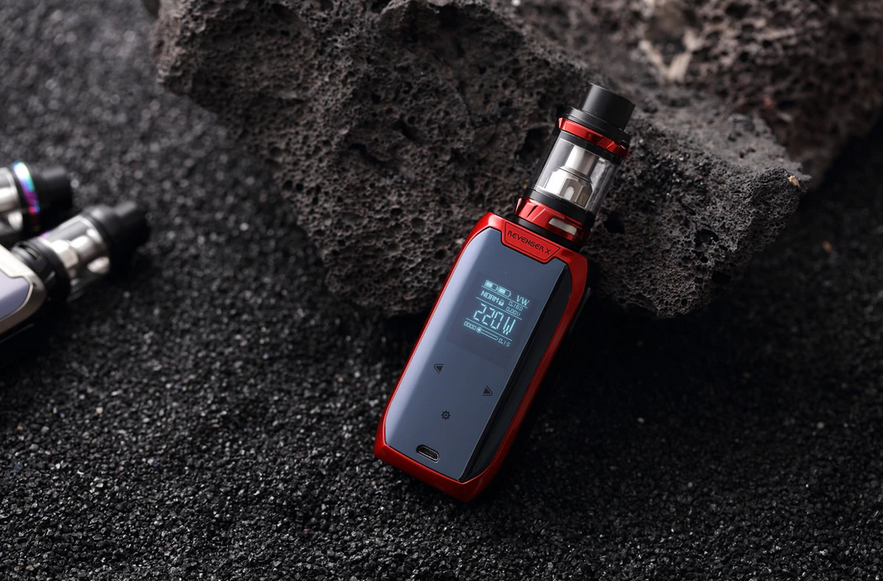Getting to Know the Work of PG and VG in E-Liquid. Vape juice is the liquid that is used to fill the tanks of an e-cigarette, and when the coil is heated, this liquid turns into vapor for the user to inhale.
The e-liquid does not contain any toxic ingredients, and unlike the famous misconception about e-liquids, none of these ingredients are hidden or kept a secret from the user.
All the information about the ingredients is usually present on the packaging or the manual inside.
Vaping vape is composed of four main ingredients that are in the vape juice NZ. These ingredients are the following:
- VG.
- PG.
- Distilled Water.
- Artificial Flavorings.
None of these ingredients are actually toxic, and all of them have been certified by the FDA (Food and Drug Administration). While all these are the main components of an e-liquid, there is also nicotine in the mix, which is more of an optional ingredient than a major one.
Although all five of these ingredients should be discussed, in today’s article, we are going to briefly go over the workings of VG and PG in e-liquid and what they actually are, since these two components are under immense fire from the uneducated people.
VG (VEGETABLE GLYCERIN):
Vegetable Glycerin is commonly known as VG or just Glycerol.
It is translucent and a little thick in consistency liquid, which is naturally obtained from trees and plants, commonly from soybean or even palm trees.
It is sweet in taste but is odorless.
Animal glycerin is also an option, but that is extremely rare to be used in e-liquids, and when it is used, it is mentioned in bold on the packaging.
There is a difference between vegetable glycerin and generic vegetable oil, the most major one being that VG is soluble in water, while vegetable oil isn’t.
Vegetable Glycerin is recognized as a safe to use the compound for human ingestion, and there are no known side effects of inhaling VG at all.
PG (PROPYLENE GLYCOL):
Propylene Glycol is also a clear liquid which does not have any sort of odor to it.
PG is generally gained from various oils and is very thick and syrupy in texture, but it is also thinner and runnier than VG.
Propylene Glycol, which is one of the major components of vape’s e-liquid, is often mistaken for Ethylene Glycol, which is an extremely toxic compound found in antifreeze.
PG is also approved by the FDA for human ingestion and has no significant harm to it.
It is used in animal food as well and does not provide any damage or distortion to any living being.
Applications
VG is a very common sweetener in the food industry.
It is often used as an additive in many different sauces to give them the syrupy texture while preserving the moisture as well.
PG is also similar to VG in this case and is used as an additive because it is enriched with many food preservation properties.
It thickens the ingredients in proportion and allows them to mix well with other products.
At the end of it all, neither VG nor PG are harmful to our health and are just general food additives, from which the e-liquid thickens up and has a sweeter after taste.


